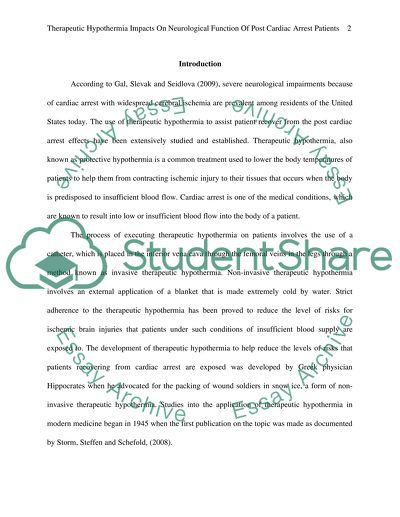Cite this document
(“Does induce Therapeutic Hypothermia Impact Neurologic Function and Research Paper”, n.d.)
Retrieved from https://studentshare.org/nursing/1485366-does-induce-therapeutic-hypothermia-impact
Retrieved from https://studentshare.org/nursing/1485366-does-induce-therapeutic-hypothermia-impact
(Does Induce Therapeutic Hypothermia Impact Neurologic Function and Research Paper)
https://studentshare.org/nursing/1485366-does-induce-therapeutic-hypothermia-impact.
https://studentshare.org/nursing/1485366-does-induce-therapeutic-hypothermia-impact.
“Does Induce Therapeutic Hypothermia Impact Neurologic Function and Research Paper”, n.d. https://studentshare.org/nursing/1485366-does-induce-therapeutic-hypothermia-impact.


